Fire
Engineering
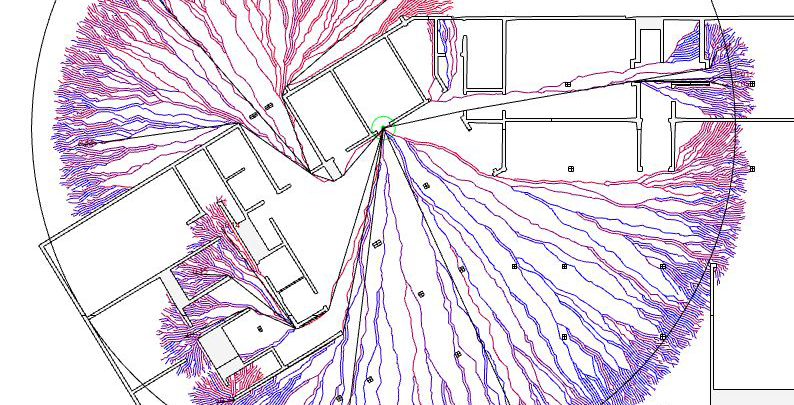
Ensuring fire and life safety in building development requires meticulous consideration of factors such as material flammability, component fire resistance, compartmentation with firewalls, fire-rated doors, escape facilities, and active firefighting systems like sprinklers. Thorough assessment and addressing of these aspects are critical to prioritising the safety and protection of buildings and their occupants.
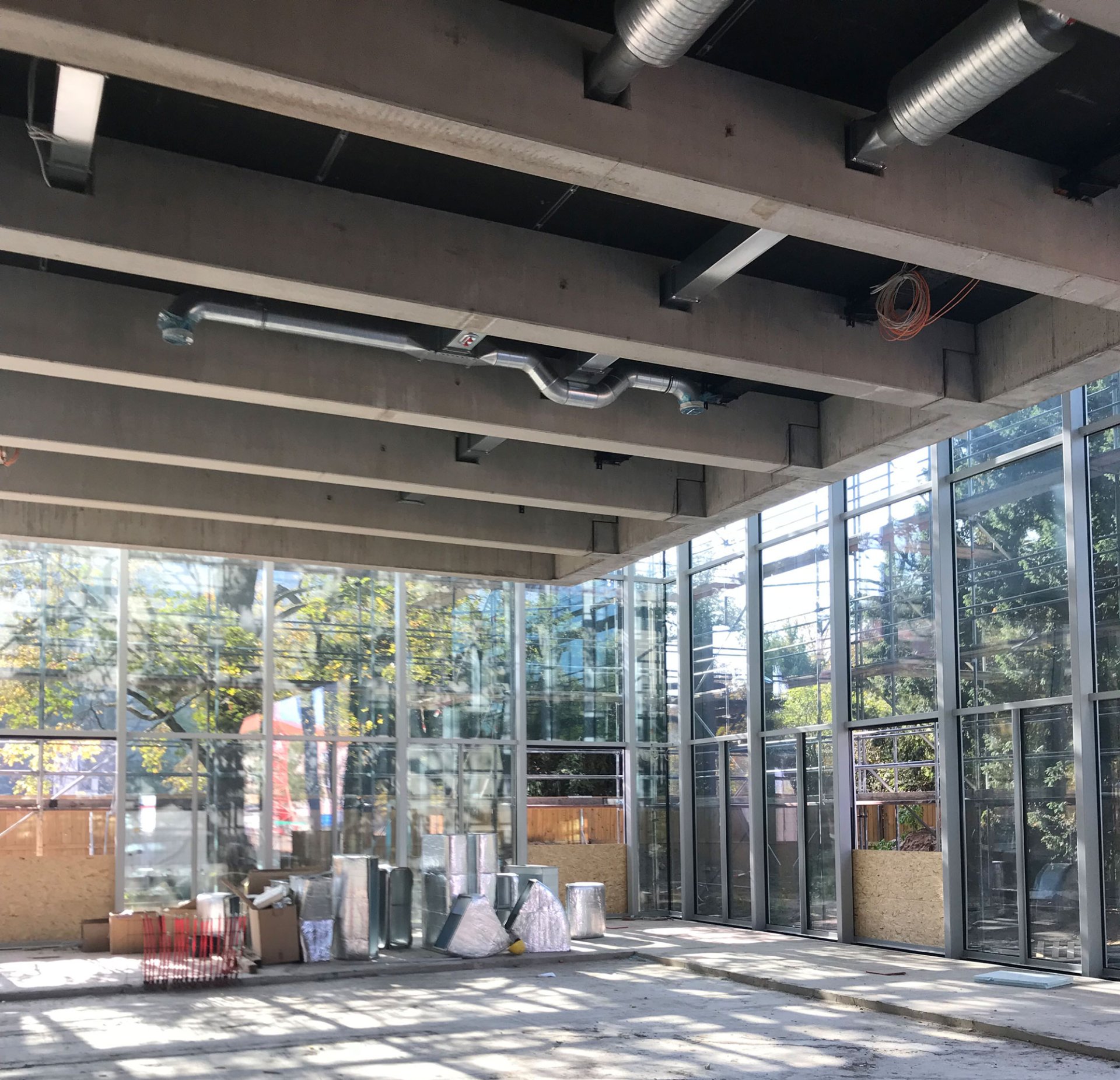
Comprehensive Fire Safety Solutions
Our holistic approach integrates both passive and active fire protection strategies. Passive systems reinforce load-bearing elements like beams, partitions, and columns and subdivide the building to limit fire spread, using fire-resistant materials and construction techniques. Active systems include sprinklers, fire alarms, smoke control design, and customised escape facilities. Combining these strategies, we deliver comprehensive fire safety solutions, ensuring optimal protection for our clients.
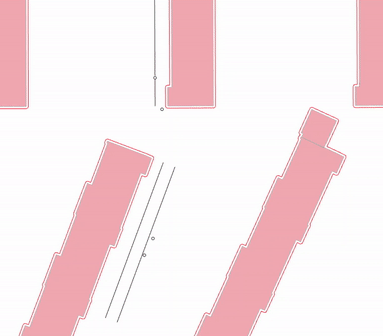
Early prevention
Our preventive fire engineering services cover various building types, including low- to medium-rise buildings (classes 1 to 5) and unique structures like high-rise buildings, schools, and industrial facilities. Early integration of holistic concepts accelerates planning processes and reduces construction costs. We provide expertise from initial project sketches to completion and handover. Our fire engineering concepts include designing structural resistance, implementing active firefighting measures, defining smoke control strategies, and incorporating organisational fire protection measures. This holistic approach ensures code compliance and safety during a fire.
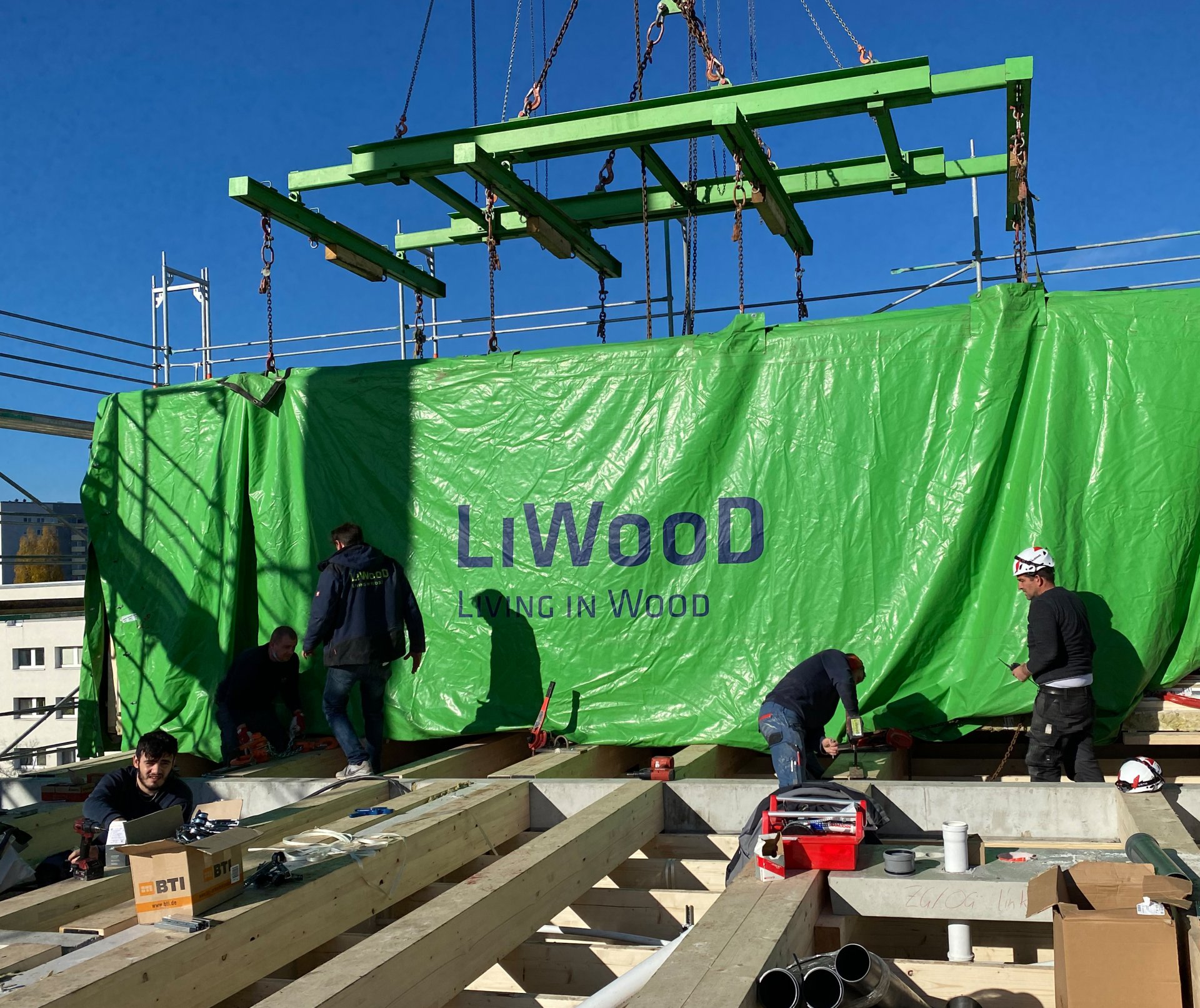
Timber Construction and Fire Safety
The demand for timber construction buildings is rising due to the need to lower carbon emissions in the construction industry. Our expertise identifies feasible, practical, and approvable solutions for fire hazards and risk assessments. We leverage our experience creatively to convince stakeholders to pursue the best solutions. Our approach ensures the integration of sustainable timber construction with adequate fire safety solutions, satisfying all stakeholders in the planning process.
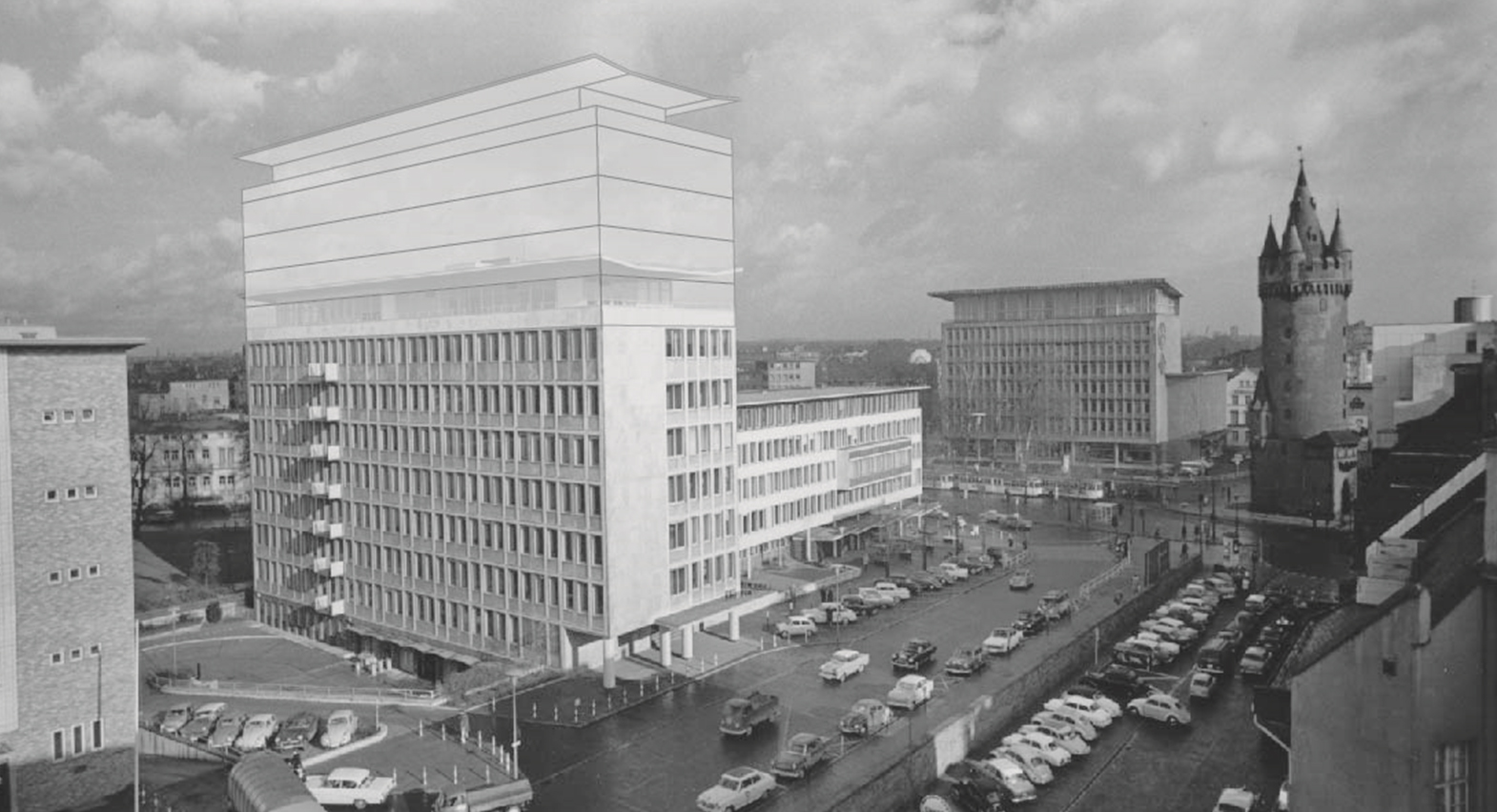
Fire Safety in Existing Buildings
Our evaluation process involves a comprehensive examination of structures, utilising empirical rules and modern methods considering the construction requirements of their time. We prioritise simple yet effective solutions that provide adequate protection without costly technical retrofitting. Adapting existing buildings to modern use while ensuring compliance with current regulations presents unique challenges, especially at the interface of buildups or extensions where old and new meet. Collaboration with clients, authorities, and experts is crucial to address these complexities, striving to find solutions that meet all desired outcomes, requirements, and possibilities.
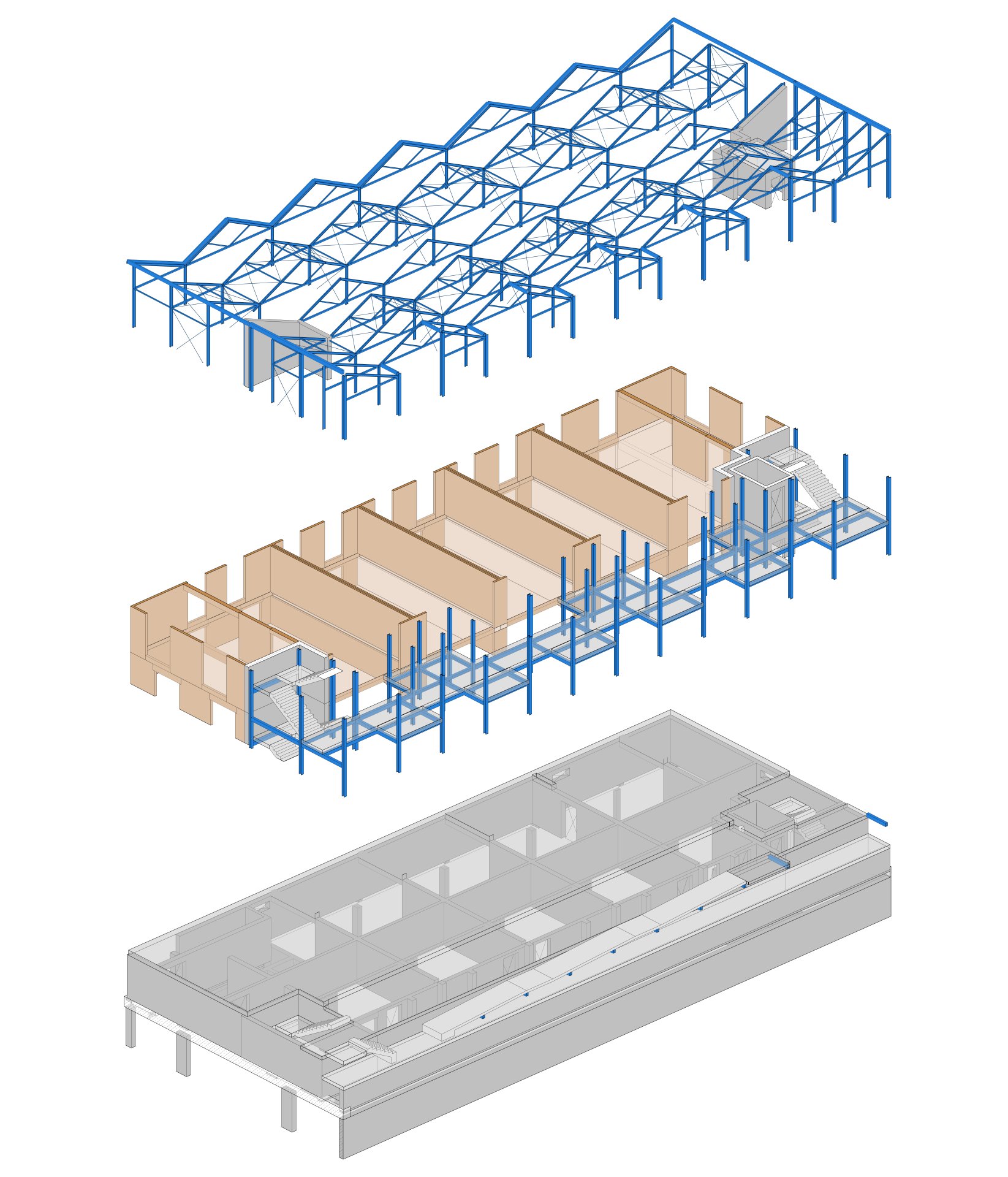
Fire Engineering for Unconventional Construction Methods
Modern climate-friendly buildings emphasise cultural and social exchange among users. These projects often have unique characteristics, incorporating hybrid functions such as mixed-use concepts and combinations of components and construction methods. This distinctiveness requires specialised fire engineering solutions. With extensive experience and numerous completed projects, we ensure safety and economic efficiency in all aspects of our fire engineering solutions.
Volunteer Firefighting
Some fire protection group members are volunteer firefighters, bringing valuable experience to our team. Their expertise enhances our planning process, ensures a protection-oriented approach, and establishes effective communication with authorities and other fire experts, fostering collaboration and trust.